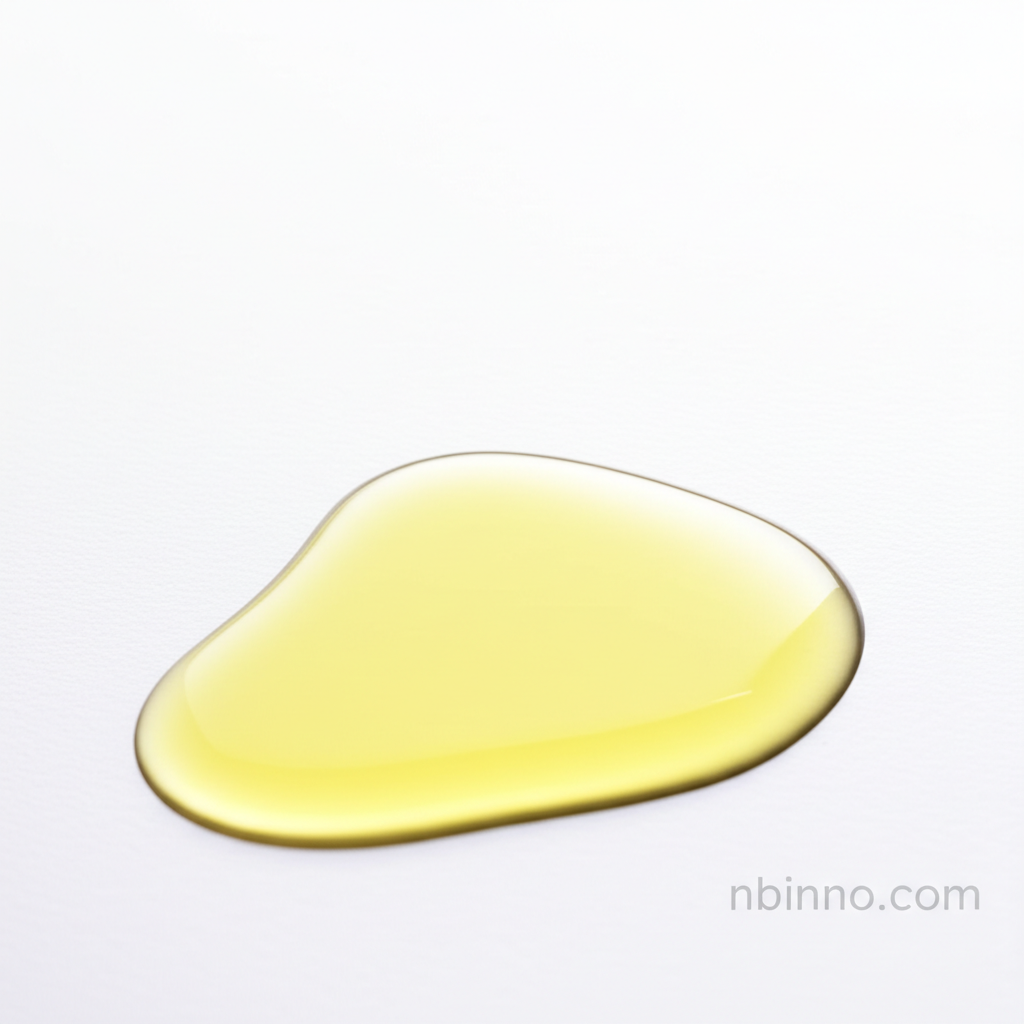Nepetalactone: The Feline Fascination Compound
Unlocking the science behind the captivating allure of catnip and its active compound, Nepetalactone.
Discover MoreProduct Core Value

Nepetalactone
Nepetalactone (CAS 21651-62-7) is a bicyclic monoterpene predominantly found in catnip plants. It's renowned for its unique ability to attract and elicit euphoric responses in domestic cats, a phenomenon widely known as the 'catnip response'. Beyond its feline fascination, Nepetalactone demonstrates significant biological activities, including insect-repellent, antibacterial, and antifungal properties, making it a compound of interest in various applications.
- Explore the fascinating nepetalactone cat attractant properties and understand why cats react so strongly to this natural compound.
- Learn about the nepetalactone insect repellent capabilities, offering a natural solution for pest control.
- Delve into the nepetalactone antibacterial properties, highlighting its potential in medicinal applications.
- Understand the various nepetalactone synthesis methods and its presence in nature.
Key Advantages
Feline Engagement
Nepetalactone is the primary compound responsible for the captivating effect on cats. Research into nepetalactone feline behavior reveals its role in stimulating play and positive interactions, offering a safe enrichment tool for pets.
Natural Pest Control
As a natural insect repellent, Nepetalactone offers an eco-friendly alternative. Its efficacy against mosquitoes and cockroaches is well-documented, making it valuable for the natural insect repellent market.
Antimicrobial Potential
The inherent antibacterial and antifungal properties of Nepetalactone suggest its utility in developing new antimicrobial agents, contributing to its importance in research and development for nepetalactone antibacterial properties.
Key Applications
Pet Products
Utilized in cat toys, sprays, and treats to stimulate feline interest and promote active play, leveraging its potent cat attractant properties.
Agriculture & Pest Management
Applied as a natural repellent against various insects, particularly mosquitoes and cockroaches, addressing needs for safe and effective pest control.
Aromatherapy & Fragrance
While not its primary use, its herbaceous scent can be a component in fragrance formulations, often blended with other essential oils.
Research & Development
Studied for its unique interaction with feline olfactory receptors and potential medicinal properties, including sedative effects and antimicrobial activity.
